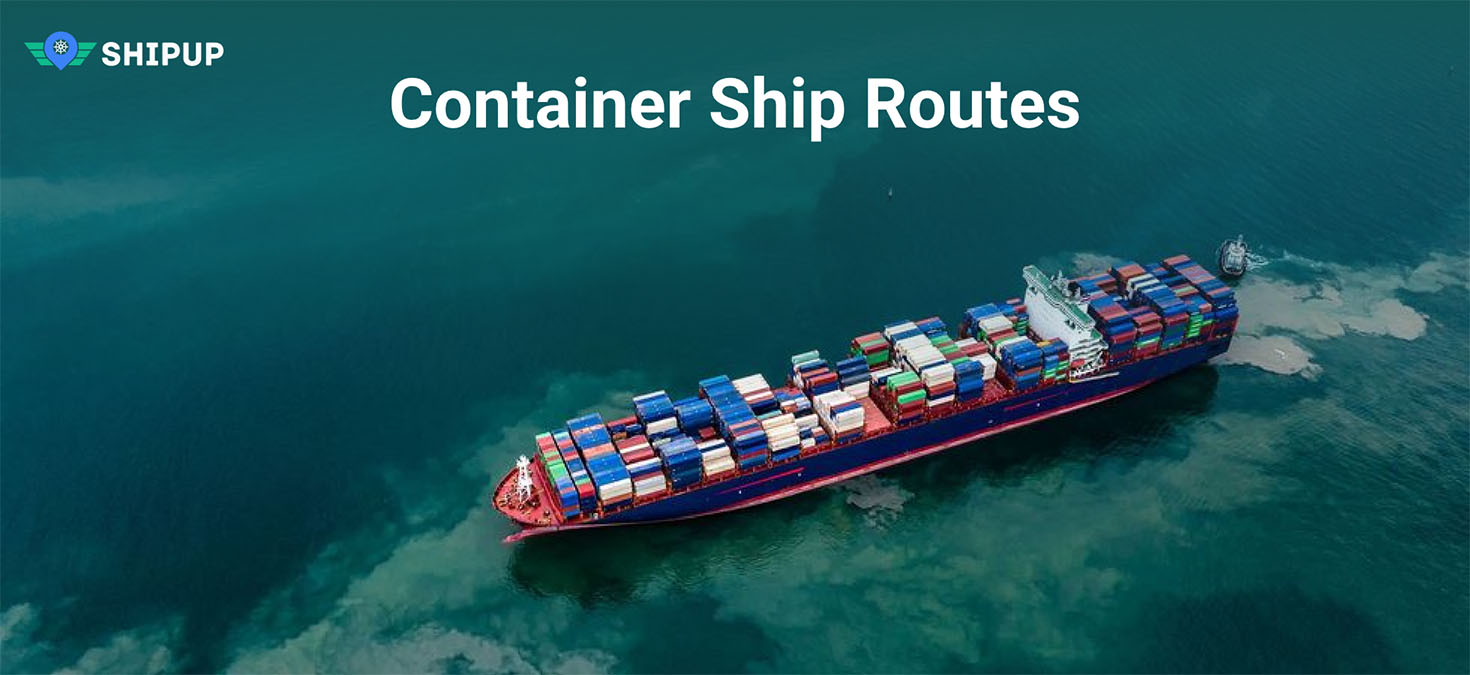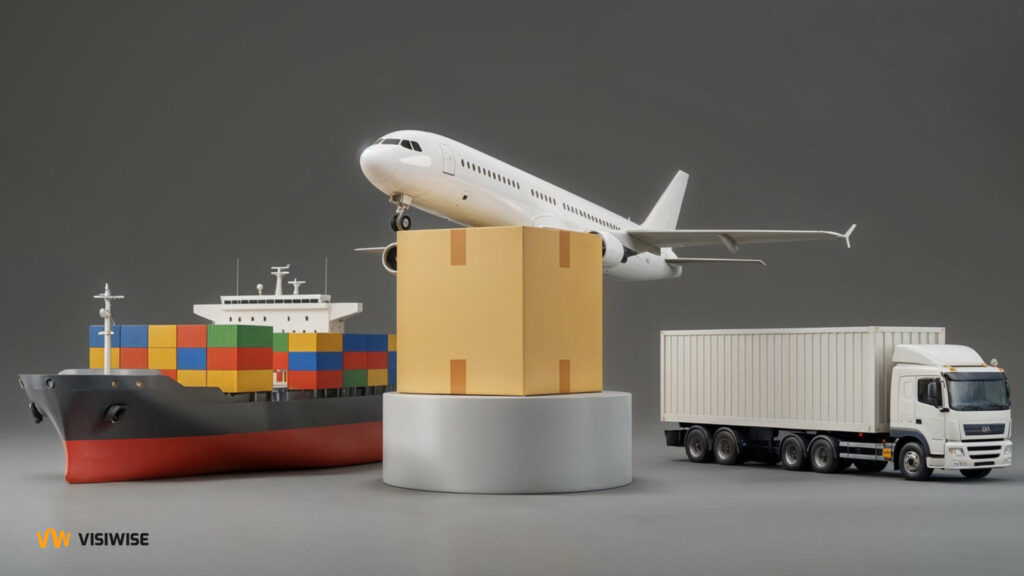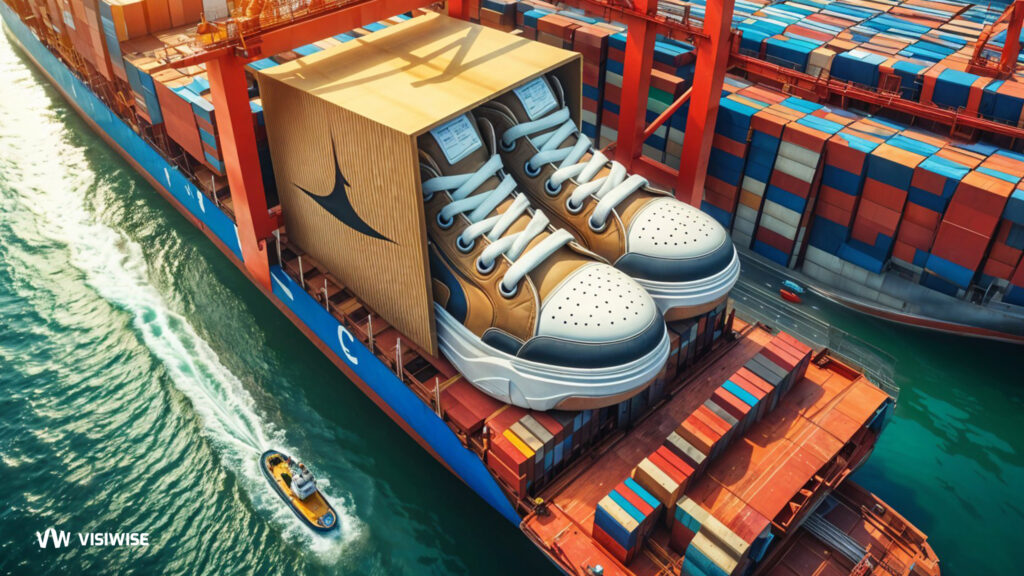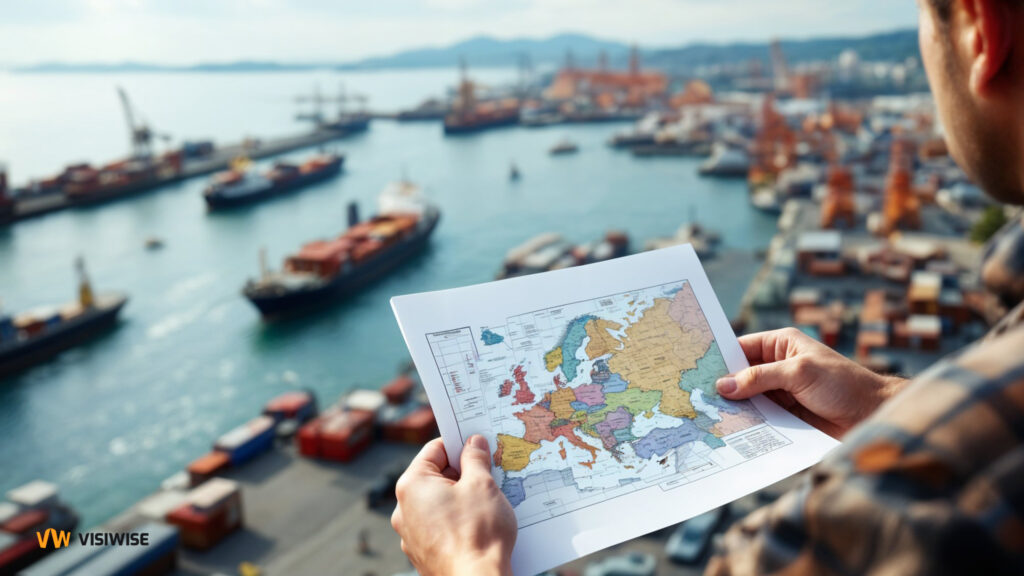Container ships are a vital part of modern global trade and commerce, transporting large quantities of merchandise from one country to another. With the increasing demand for goods both domestically and internationally, container ships have become an essential mode of transportation for businesses around the world.
Understanding the routes followed by these vessels is key to understanding how global shipping works. This article looks into the various container ship routes that are used to transport goods around the globe, exploring their importance and relevance in today’s society.
Container Ship Routes
Container shipping is a form of transport that has revolutionized how goods are sent around the world. It has changed the way that cargo is handled and delivered to a global market. Transporting goods by container ship is the most efficient form of transport, ensuring that the highest number of goods can be transported at the lowest cost.
It has changed how businesses operate and it has altered the way that consumers shop. Container shipping provides an extremely cost-efficient method of transporting goods globally.
Impact on Global Economy
The world’s economy has been heavily impacted by the global pandemic, but did you know that container ship routes have also had an effect? A container ship is a large vessel used in commercial trade to transport cargo between ports. The container ship routes provide an essential link between producers and consumers, making them vital to global economic activity.
In recent months, container ships have experienced major disruption due to port closures, labor shortages and sudden changes in demand for goods. This has led to longer delays than usual for cargo reaching its destination and additional costs for those involved in the shipping process. As a result of these disruptions, businesses around the world are facing increased financial pressures as their inventories remain low and prices rise. The transport sector is particularly affected by these disruptions as supply chains are disrupted and the cost of shipping rises.
The transport sector is vital to the global economy, making up around 20 percent of all goods produced worldwide. “The recent disruptions have been caused by a perfect storm of factors – including the industry’s dependence on a small number of key trade routes, the seasonal increase in demand for shipping during the peak holiday season, and extreme weather conditions that have frozen major ports and waterways,” resulting in more than 12,000 delayed or canceled flights. 1 The resulting damage to container ships and cargo has led to major disruptions in the shipping of goods and commodities around the world.
Innovation in Container Shipping
Container shipping is a key component of global trade and the movement of goods. In recent years, there has been a push to innovate in this sector to increase efficiency and reduce cost. Technological advances in container ships have created new opportunities for international shipping, allowing companies to move cargo faster and more efficiently than ever before.
With digitalization at the forefront of innovation in container shipping, companies are looking for ways to maximize profits while also reducing their environmental impact. This includes introducing advanced tracking systems that allow businesses to monitor their shipments’ progress en route, as well as using "smart containers" equipped with sensors that detect temperature, humidity levels, and vibrations during transit.
In addition, more efficient routing algorithms are being developed that can help minimize fuel consumption by optimizing ship speeds and routes used for cargo transport. While it remains to be seen whether container shipping will ever be able to achieve the same speed of innovation as the airlines, there is no doubt that the industry will continue to make strides in speeding up delivery times and reducing delays and exceptions.
What Are the Main Shipping Routes?
Shipping routes are the paths taken by ships when transferring cargo from one port to another. Container ships are responsible for carrying large amounts of goods around the world, making them an essential part of global trade. But what is the best route for these vessels to take? Understanding the main shipping routes can help us better understand how goods move around the globe.
The most common shipping routes include those that connect Asia and Europe, as well as East Coast America and South America. In addition, there are popular transpacific journeys that go between China and North American ports like Los Angeles or Long Beach in California. In terms of maritime transport, these three regions make up a majority of container ship traffic.
Other major routes include those connecting Africa with North America or Europe, India to Japan and Southeast Asia to Australia or New Zealand.
Visiwise and Visibility over Ship Routes
Visiwise is transforming the way companies manage their cargo in ocean shipping routes. Gone are the days of sending goods overseas without knowing their exact whereabouts and arrival times. With Visiwise, companies can now track and monitor their containers in the ship routes with real-time visibility across all distances. This allows businesses to better allocate resources, identify potential risks along the route, and proactively adjust to changing conditions.
The platform offers users a comprehensive dashboard to view all aspects of their shipping operations in one place. Businesses can access detailed maps that show the exact location of their containers on an ocean shipping route, as well as analyze other factors such as delays and ETA change history. This helps them make informed decisions that maximize efficiency and minimize costs.
Ultimately, this improved visibility over shipping routes leads to higher customer satisfaction through faster delivery times and improved accuracy in managing inventory levels.
Ecommerce is a growing industry with massive potential for growth, and the ability to track shipping containers in real time will drive significant efficiency gains throughout the supply chain. The same data that helps retailers manage inventory levels can also help them reduce their costs. For example, an online retailer may be able to reduce their operating costs by optimizing their distribution network and more effectively managing shipments and customer demands.



